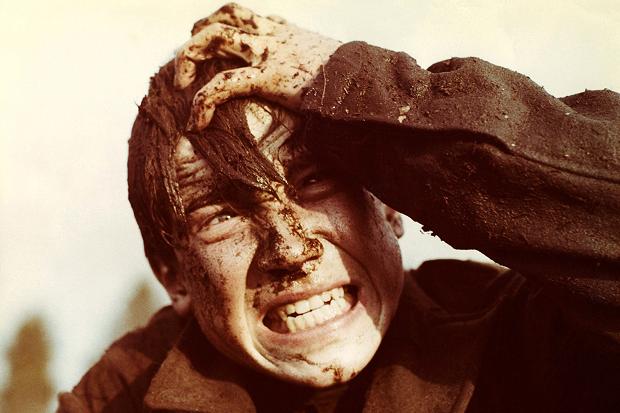
Most war movies in the genre are some type of fictionalized or fact-based story that takes place during an actual historical war. Typically they have been used as a source of entertainment, but at times have been used as a propaganda tool. They may also be anti-war, pro-war, satirical, exploitative, or straight comedy. The genre has been popular because of the various Academy Awards nominations and the box office success and big name stars that were attached to the productions.
Thirteen movies about war have won the Academy Award for Best Picture including Wings (the very first winner in 1927), All Quiet on the Western Front, Patton, The Deer Hunter, and Platoon. Some of the Hollywood stars that were successful in the genre include John Wayne, Henry Fonda, Robert Mitchum, Dana Andrews, Tom Hanks, Clint Eastwood, Bruce Willis, and Sylvester Stallone.
This list contains a little bit of everything, with at least one film from every decade between 1930 and 1990 and at least one from America, France, Germany, Russia, Italy, and Japan. This list is a varied collection of cult films and trashy pictures; all ranging between being critically hailed, being exploitative and controversial, and being considered so bad that they are great.
[Author’s Note: This list is not meant to be an all inclusive list or a best of list; it is simply fifteen cult movies that may be worth your time.]
1. Wooden Crosses AKA Les Croix de Bois (1932)
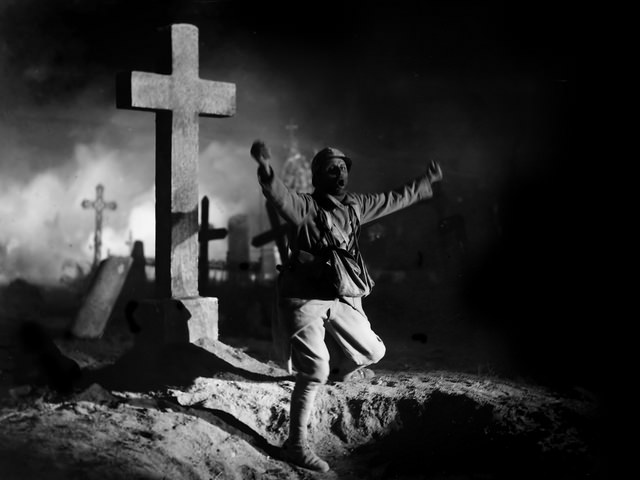
This is a French production that was their response to All Quiet on the Western Front (1930) which tells the story of a French regiment during World War I and their terrifying experiences in trench war in Champagne. It is based on an award winning novel written by Roland Lecavele in 1919.
This is one of the most intense and realistic war films ever to have been released and is both cinematically beautiful as it is violent. Director Raymond Bernard, who would go on to direct the masterful 1934 version of Les Miserables, uses all kinds of inventive techniques to immerse us in a world no one would want to be a part of. Most notably, he uses documentary style filmmaking during the battle sequences.
There are numerous stories of World War I trench veterans watching this many years later and breaking down into tears and one committed suicide in 1962, after watching it and reliving the horrors of the war [1].
2. Stosstrupp 1917 AKA Shock Troop (1934)
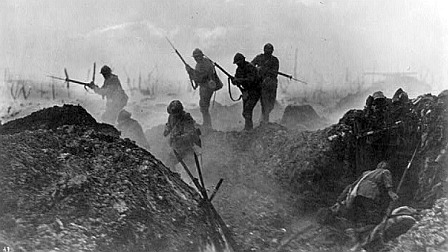
This is a somewhat controversial German production that was a response to All Quiet on the Western Front (1930) and Westfront 1918 (1930), which tells the story from the German’s point of view and is much more sympathetic to their ordeals in the trench warfare. It was financed by the Nationalist Socialist government with Adolf Hitler contributing a foreword and also featured actual Wehrmacht and SA troops in the cast and used real ammunition and explosives during production.
Because of the Nazi involvement in the picture, it has been banned in Germany since 1945 and heavily censored down to a run time of 90 minutes, cutting out various military dialogue. A version was released several years ago on DVD by International Historic Films that restored 21 minutes of footage. If you like either of the previously mentioned pictures or ones dealing with World War I, then you should definitely check this one out.
3. Triumph of the Will AKA Triumph des Willens (1935)
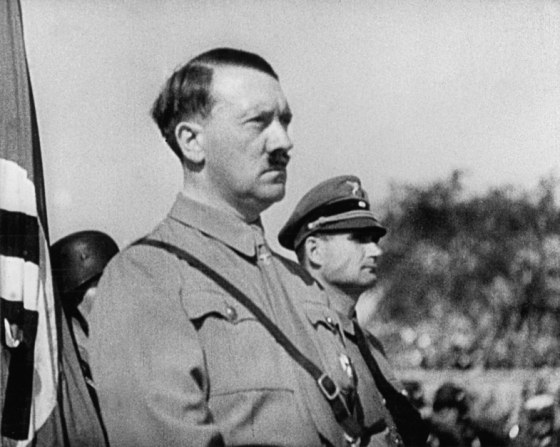
“The infamous propaganda film” [2]. A mix of both propaganda and art, this is one of the greatest examples in the history of film for the use of cinema as a propaganda tool. It documents the 1934 Nazi Congress party rally that took place in Nuremberg, Germany, where Hitler and other prominent Nazi party members spoke amongst a crowd of over 700,000 [3].
The event wasn’t solely done for the film, it was a large annual party event that “would demonstrate party unity and power under Hitler’s leadership, however, neither those events nor the film tell the [whole] truth about Germany or the Nazis” [3].
The film was written and directed by Leni Reifenstahl, she had received a lot of praise for starring, writing, directing, and producing the film The Blue Light (1932) [3]. Hitler noticed her in this film and personally commissioned her to film the party rally [3]. The film was thoroughly planned and prepared for to look not just like “a spectacular mass meeting, but also as spectacular film propaganda.”
There were thirty cameras used to film, a film crew nearing two hundred was used, “and new techniques of wide-angle photography and telescopic lenses were employed to scan the crowd’s reactions” [4]. They recorded “almost sixty-one hours of film from almost every imaginable angle,” and Reifenstahl had to edit it down to two hours of footage [3].
The central themes of the film were to demonstrate that Germany had a strong leader in Hitler and that Germany was a unified nation. They depict Hitler as being god like, the opening sequence of the film shows him descending from the clouds in an airplane. The towering city below and the German people waiting for their leader to land [4]. They usually filmed Hitler in isolation and from lower angles to make it appear that he towers over everyone [4].
There is juxtaposition in the film where Hitler is always shown alone and the German people are shown united in masses. In the scenes of the outdoor rally, Hitler is placed up high on a platform and the large numbers of spectators are reduced to “architectural patterns deprived of their individuality in favor of some larger communal ideal” [3]. This is to shoe that all of the German people are united as one unit.
The film is a mix of documentary, politics, propaganda and art. There are several arguments about this film and whether it actually has any artistic merit at all. “First, there are the critics whose moral and political convictions prevent them from appreciating the film; second, there are those who understand the film, and even appreciate it, in light of its mission as propaganda; and third, there are those who appreciate the formal beauty of the film in spite of the politics” [3]. It is because of these complexities and history surrounding this film that is has a cult following.
4. Invisible Agent (1942)
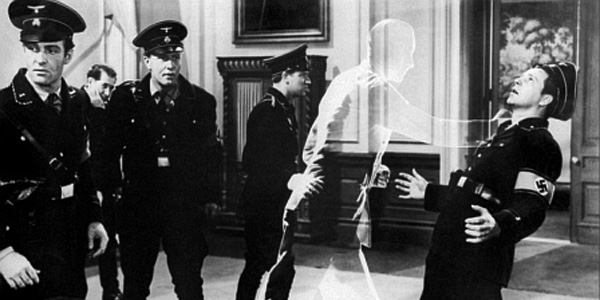
The only film on this list that would be considered war time propaganda film for the United States, which was created by Universal films. The grandson of the original invisible man enlists in the services, using his grandfather’s invisible man serum to spy on the Nazis. Of note, Peter Lorre plays one of the main bad guys, a Japanese Baron Ikito.
Lorre is a well known actor because of his distinctive looks and feminine voice, often playing strange and unusual characters. His notable films include M, The Maltese Falcon, and Casablanca.
Meant to be viewed by American wartime audiences, the Japanese soldiers were depicted as “inhuman fiends and the Nazis as brutes and buffoons” [5]The film was a box office success, grossing “1,041,500 in 116 weeks” while only costing $322,000 to make. It was also nominated for an Oscar for special effects, but lost out to Reap the Wild Wind [5].
5. Steel Helmet (1951)
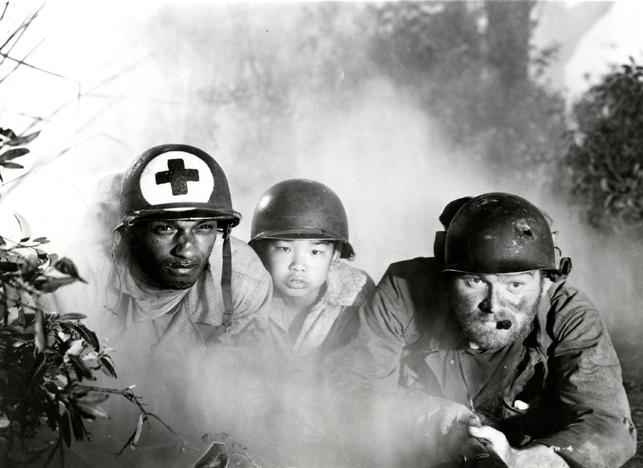
This was the first American film that dealt with the Korean War and has to easily be considered one of the greatest war movies ever made. Sergeant Zack is a POW who survives a North Korean execution and is freed by a South Korean orphan. He then teams up with a ragtag group of soldiers to set up an observation post in a Buddhist temple. The group includes a black medic, a former conscientious-objector, the quiet one, a naïve radio operator, and a Nisei (Japanese-American).
This was written and directed by Samuel Fuller, who made multiple war movies during his career including The Big Red One in 1980. Most of his movies focused on controversial themes and this was one of them; focusing on the Korean War, American racism, Japanese internment camps, and the murder of a prisoner of war by an American soldier.
Timeout magazine said that this is “a characteristically hard-hitting war movie from Fuller, charting the fortunes of Gene Evans’ Sergeant Zack, sole survivor of a POW massacre in Korea. Saved by a Korean orphan and joining up with other GIs cut off from their units, Evans’ cynical veteran embodies the writer-director’s abiding thesis that, to survive the madness of war, a ruthless individualism is necessary.
Fuller glamorizes neither his loner protagonist nor the war itself: if he clearly supports the US presence in Korea, battle is still a chaotic, deadly affair, and nobody has much idea of why they fight. The action scenes are terrific, belying the movie’s very low budget” [6].
6. Fate of a Man AKA Sudba Cheloveka (1959)
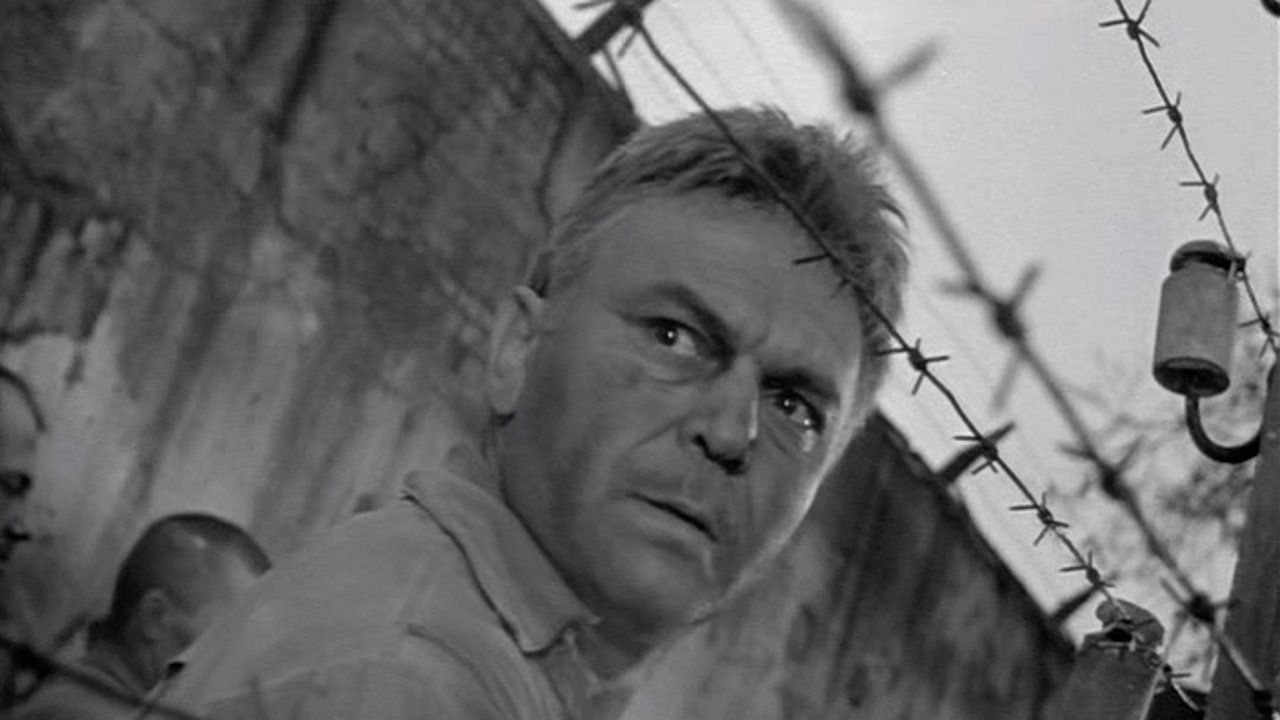
This is a Russian produced film that tells the story of Andrei Sokolov, who was a Russian soldier captured by the Germans. During the three years that he spent as a prisoner of war, his wife and kids are killed by bombing raids on his village. This is a bitter tale with the only real good thing that happens is that he manages to survive and reunite with his grandson, with the hopes that they can have some type of normal life.
This is a strong drama that is a story about the war. It focuses more on the individuals and his personal story than battles or action. Throughout the story, they try and show atrocities that the Germans committed to the Russians during the war. They show a group of commanders and Jews executed before they take the rest of the prisoners to camps.
There is a scene of the Russians digging graves for mass burials, and they show a very large group of the dead. The Nazis in the camp are depicted as being sadistic; in one instance an officer pushes a Russian prisoner off a high quarry mountain because he was smiling after making it up there while carrying a large rock. The commander toys with Sokolov, threatening to execute him for complaining about unfair conditions.
This is an excellent film that is easily as good as any American war film from this time period. The director makes good use of angles in the scenes throughout the movie. There was a good close up shot of his wife when he was initially departing for war. There are some great aerial shots in a scene where Sokolov is driving an ammunition truck that the Germans are trying to bomb.
There is a nice scene that shows all of the prisoners traveling up to a partially bombed church. They shoot from low angles of the German commander, to make him look superior. Then are high angle shots of him from behind, making all of the prisoners look small and inferior.
This movie is a little known Russian film that should be seen in order to get the perspective of the war from the Russians point of view.
7. King of Hearts (1966)
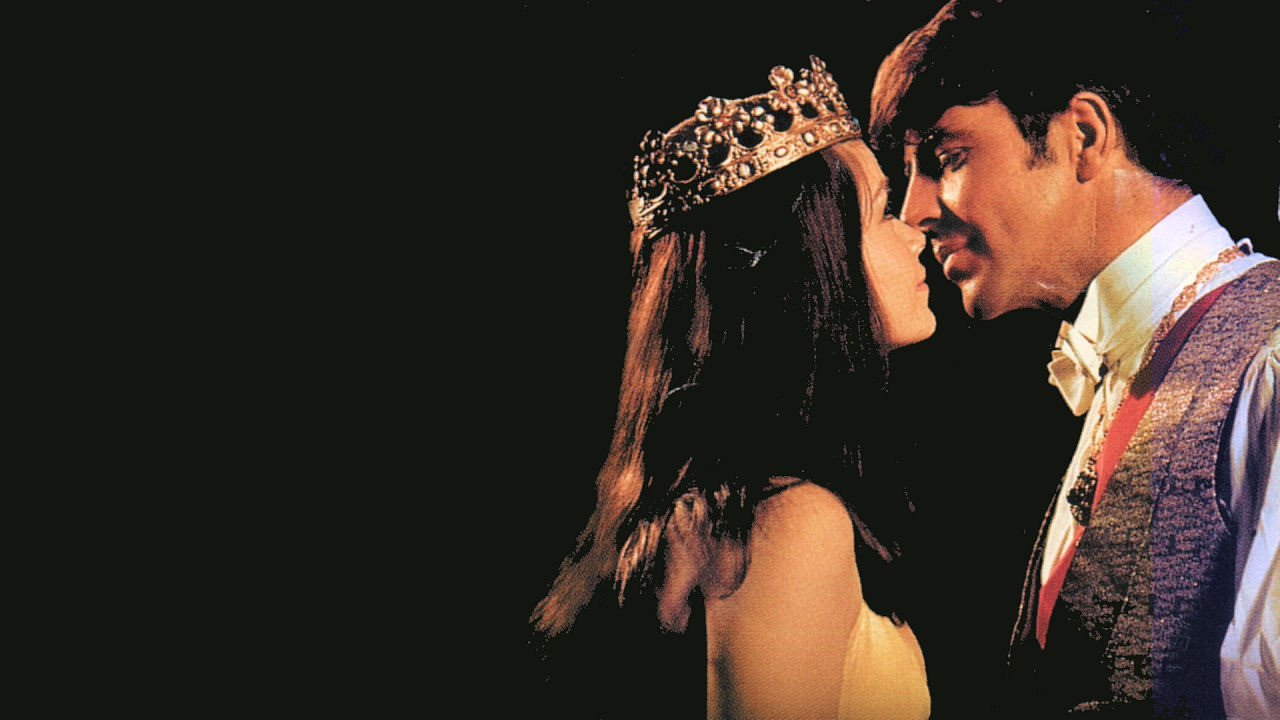
This is a French comedy drama about a World War 1 soldier that is sent into a deserted French town in order to locate and disarm a German bomb. When he arrives the only people remaining are a group of lunatics from an insane asylum that have taken over the town and assumed the various roles within the town.
When they declare him the king of hearts and ruler of their community, he must decide on the whimsical and fun world of the insane or the world that has gone mad waging war just outside of the walls of the town.
It failed at the box office but became somewhat of an instant cult classic with its anti-war stance, its glorious representation of mental illness, its light-hearted comedy, and a wonderful collection of colorful characters.
Most of the humor revolves around the lunatics and the roles that they take on and how they behave and the interactions between them and the Scottish and German soldiers that come into the town. It stars Alan Bates (Oscar nomination for The Fixer) and features appearances from Genvieve Bujold (Coma) and Michel Serrault (La Cage aux Folles).